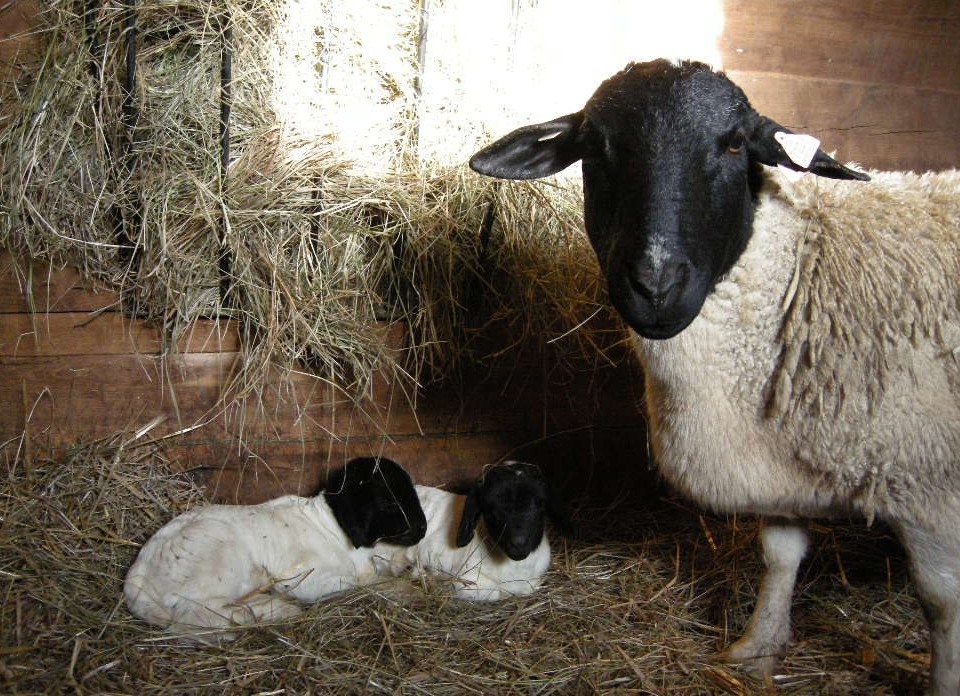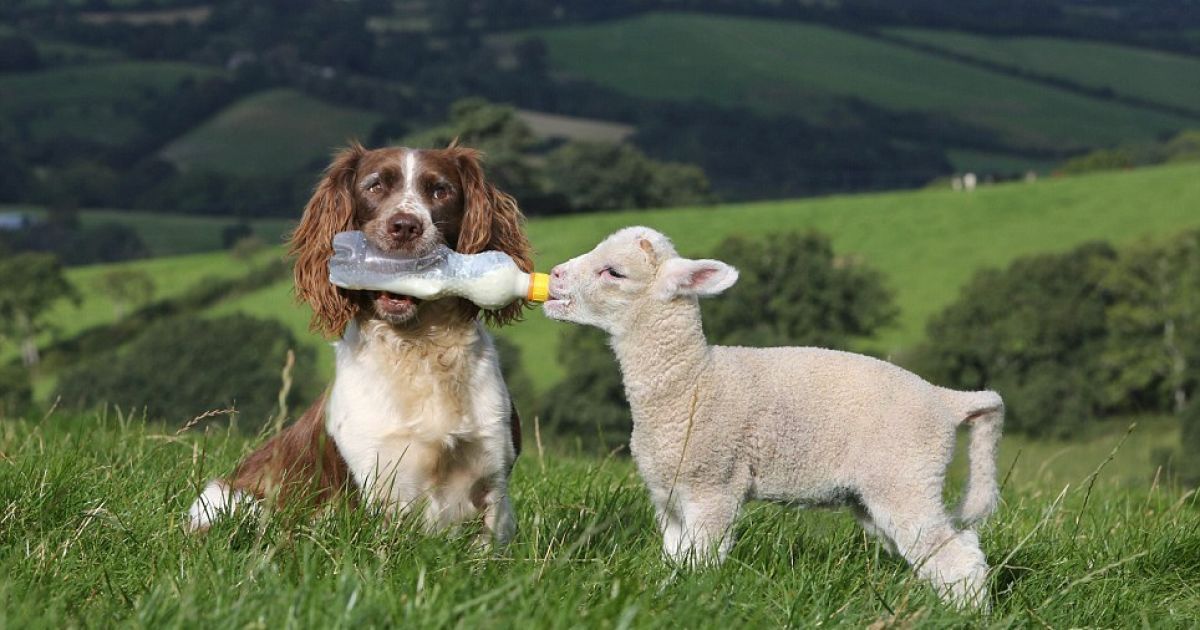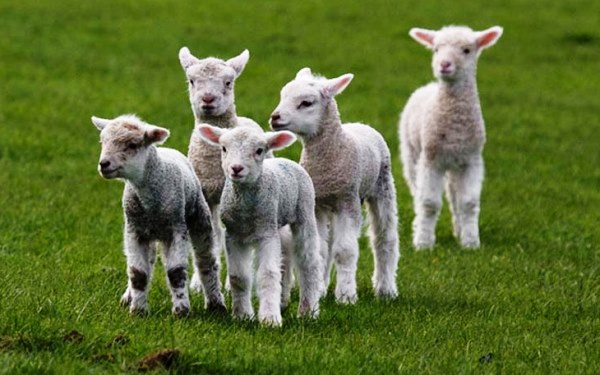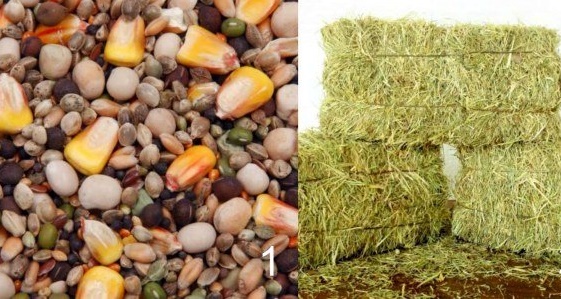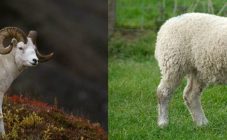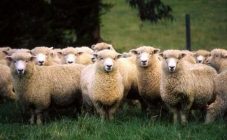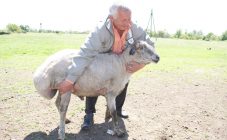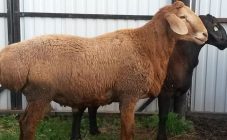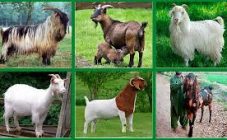From childhood, we have known that baby animals can have special names that differ from what the breed or species has. One of the questions that can make you wonder is how the baby ram and sheep will be named correctly. There are several variants of the name - a lamb and a kid, so in some cases confusion begins.
Baby sheep and ram
In order to avoid mistakes in the name of the baby, you need to figure out what the parents are called:
- the male is a ram;
- the female is a sheep.
The offspring obtained after mating should be called lambs, since separation by sex in this case is not a fundamental factor. The name for babies can be chosen based on external characteristics, so farmers can call them sheep, lambs and even goats because of the external resemblance to the offspring of goats. It is believed that the name comes from the Latin word "agnus". Translated, it means "lamb".
What does a baby look like
The lamb, the child of a sheep and a ram, is a cute and charming animal that attracts the attention of everyone who sees it. Young offspring usually weigh about 3-4 kg.
Main differences and features:
- lack of wool or a small amount of it;
- mobility;
- activity;
- curiosity.
Babies do not have horns in the usual sense. Due to the fact that they cannot see well enough by nature, in most cases the lambs are in groups of several animals. After giving birth, an adult sheep needs to be in a warm room for the first 3-4 hours so that it has enough water available.
Features of keeping lambs
A ram and sheep cub should be kept with some peculiarities. In the process of sheep breeding should be taken into account such indicators as direct maintenance and feeding. It is better for young animals to be in a warm room, especially during the cold season.
Optimal corral materials:
- shell rock;
- Red brick;
- adobe.
The area is calculated according to the principle: 1 animal = 3 m². Also, a person who has chosen sheep breeding for himself must make the sheepfolds protected from drafts and wind. The main temperature indicators are 15-18 degrees.
The floor should be made of wood, extra hay is recommended for lambs. For feed, you need to make special nurseries. The size is calculated as follows: 35 cm of space for one sheep.
A feeding feature that must be taken into account for both lambs and adult animals is the feed rate per day is divided into 3 parts:
- in the morning you need to give coarse and juicy feed;
- in the afternoon, grown lambs and adult animals should receive feed concentrates;
- in the evening hay and straw are given.
In winter, young and adult sheep should be released into a specially equipped patio. There should be a feeder and drinker inside. In the warm season, you need to include fresh grass in the diet: for adult animals - 6-7 kg each, babies need to be given 2-3 kg.
A growing child of a sheep and a ram should receive mineral feed, hay obtained from alfalfa, clover. A good food element is pea, oat and barley straw. It is recommended to additionally grind it, mix it with compound feed. In the future, lambs who no longer eat milk, but switched to conventional feed, need to include zucchini, silage, peas and bran in their diet.
There are also feeding norms that need to be taken into account. At first, only milk is enough for lambs, but in the future, you will need to add compound feed, hay, vegetables and fresh grass to the diet in season. In the summer, growing up babies should receive green food, since it contains the necessary amount of vitamins, for the sheep it has additional benefits - it has a positive effect on the reproduction processes in the future. If the pasture satisfies the needs in full, then additional supplementary feeding will not be required, in case of insufficient amount, 200 g of concentrates for calves and 400 g for adult animals are introduced into the diet.
There are also the following features related to the keeping of lambs:
- the temperature in the pen at the time of birth should be at least +8 degrees, humidity indicators should be around 75%;
- infrared heaters are used for additional heating;
- the first 2 days the lambs are with their mother and feed on milk;
- 2 days after birth, groups of 7-10 heads are created, milk feeding continues;
- the milk feeding period lasts 14 days - development and growth depend directly on the volume and fat content of the milk that the lamb receives from the sheep;
- starting from day 15, feed concentrates are gradually introduced, during the same period hay and juicy types of food (vegetables) are added;
- from 3 weeks of age, outdoor walks are allowed in winter, but in spring, when the weather is unstable, it is better to refrain from walking, as young animals may catch a cold.
Tail trimming is done one week after birth. If castration is necessary (for rams that are not suitable for breeding), the operation is carried out for 2-3 weeks of life. Hitting is done in 3-4 months.
In the future, the grown lambs receive a full-fledged diet, in which all the necessary nutrients and components must be present so that the animals can grow and develop.
It is recommended to include in the diet:
- coarse fodder (hay);
- juicy feed (vegetables and silage);
- feed concentrates.
The number is calculated individually, since the age and health of the lambs must be taken into account.
The answer to the question of what the baby sheep is called, there may be several options, but only the lamb will be considered correct, from a professional point of view. A small lamb or young sheep are the names given to animals by ordinary people for whom sheep farming is not their main activity or business. Also, small growing rams will be called lambs until puberty, and their son will again be called "lamb".
That is why the language and peculiarities of etymology make it possible to name animals differently, but the miracle that runs in the pen should be professionally called a lamb. For successful growth and development in the first days of life, he only needs milk, but then the baby moves on to a complete and varied diet.A newborn baby of a sheep is called correctly - it depends on the field of activity, since for an ordinary household, names indicating the sex of the animals are appropriate. That is why the owner decides what to call a ram or a sheep. Sometimes the name can be funny, but the scientific name is indicated in documents and certificates from veterinarians.


